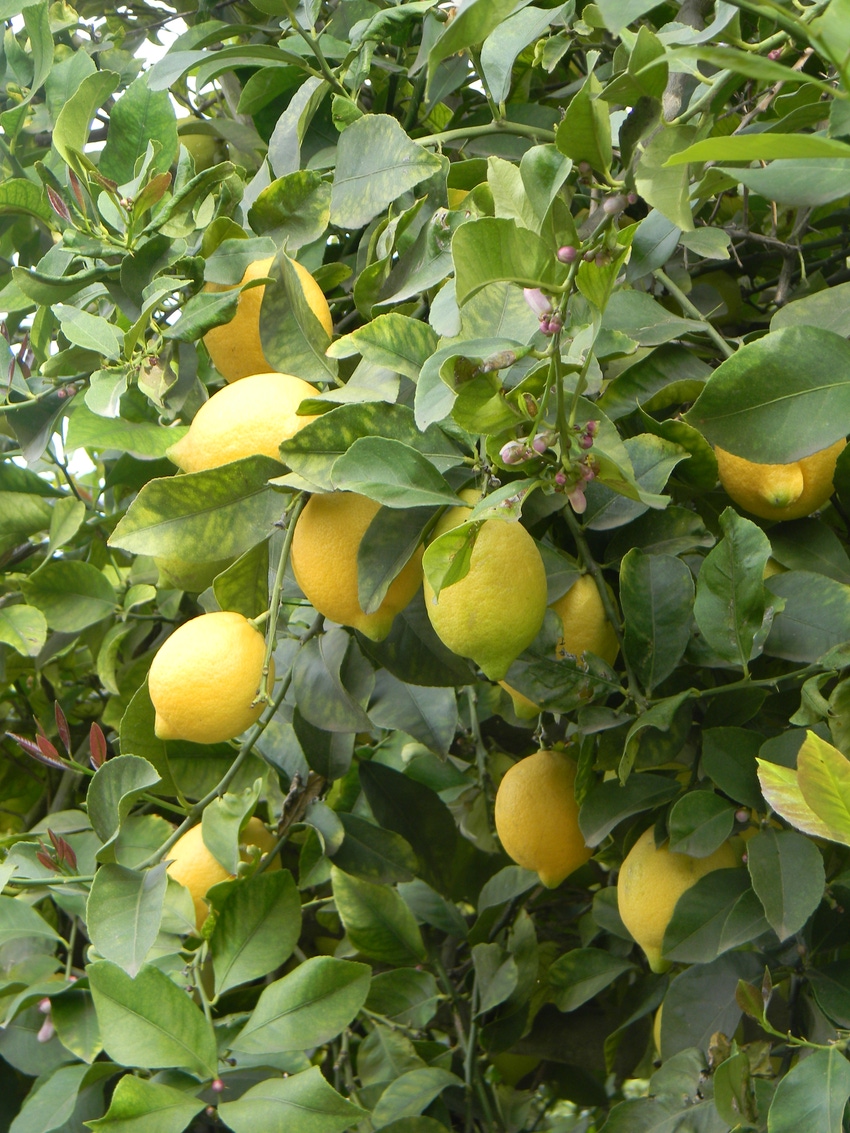
California’s fresh lemon market already faces competitive issues from international markets due to the higher cost of production in the state. Now that the USDA and Obama Administration have agreed to allow Argentine lemons into the country, U.S. producers are crying foul.
Joel Nelsen, president of California Citrus Mutual, an industry trade association based in the San Joaquin Valley, says Argentina has a long history of inconsistencies with respect to pest and disease issues, something California and U.S. citrus producers are keen to.
From an economic standpoint Nelsen says that initial statements from the USDA indicated the Argentine lemons would not compete with California fruit, “are blatantly false.”
The USDA then walked that back and tacitly admitted potential competitive outcomes, but that’s not all Nelsen and others in the citrus industry are concerned with.
Earlier in the year USDA officials traveled to Argentina to inspect citrus operations, but they did so at a time of year when citrus trees were not in flush and harvest operations had ceased, according to Nelsen. This led to an accurate picture of how fruit moved out of the country and into the United States.
What also makes Nelsen upset are the inconsistencies he sees with federal policies and statements made by USDA Secretary Tom Vilsack.
Vilsack recently chastised fellow Democrats for ignoring rural America and failing to consider American agriculture, yet his department comes out in favor of policies that American citrus officials worry could bring foreign pests and diseases to zones already challenged by exotic pests and plant diseases.
For Nelsen, it’s the federal government’s failure to connect the dots between known introductions of agricultural disease into the United States and the suspected source of those introductions, coupled with the latest decision to allow another trading partner with a history of poor food handling protocols to ship into the country.
Richard Pidduck, chair for the U.S. Citrus Science Council, is also critical of the decision.
Pidduck serves as Chair for the U.S. Citrus Science Council, a coalition of family farmers that have monitored import actions for pest and disease issues since 1998.
“We asked former USDA scientists, the state entomologist, and economic experts from University of Arizona and formerly with USDA to evaluate the proposal; all of whom expressed concern with the proposal as written this past summer,” says Piccuck.
According to the U.S. Citrus Science Council a plethora of import rules for countries such as Uruguay, Morocco, Australia, Chile and Spain have been accepted without challenge by council members.
“But as my costs rise for invasive pests and disease, most notably the Asian citrus psyllid and Huanglongbing, I am being asked to accept more vulnerability,” Pidduck concludes.
About the Author(s)
You May Also Like






